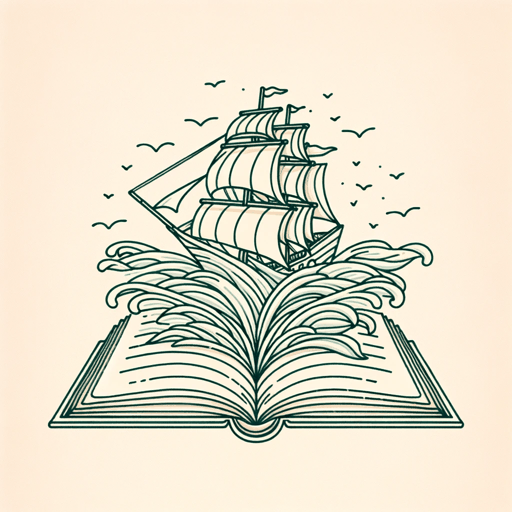18 pages • 36 minutes read
Emily Dickinson"Hope" Is the Thing with Feathers
Fiction | Poem | Adult | Published in 1891A modern alternative to SparkNotes and CliffsNotes, SuperSummary offers high-quality Study Guides with detailed chapter summaries and analysis of major themes, characters, and more.
Background
Literary Context
Dickinson’s poetry is a unique monument on the landscape of American literature. The form and content of her poems are often idiosyncratic enough to immediately identify it as Dickinson. These idiosyncrasies, however, do not overshadow all of her influences. Dickinson is writing at the tail-end of American Transcendentalism—a continuation of Romanticism in the 19th century, starting in New England where Dickinson lived—and in the midst of a Protestant religious revival. Both of these movements have left traces on Dickinson’s “‘Hope’ is the thing with feathers.”
The description of the landscapes in this poem, and particularly the strange locales of the “chillest land” (Line 9) and the “strangest Sea” (Line 10), draw on the romanticism of the Transcendentalists. European Romantic poets, who influenced transcendentalism, often described strange, far-away places in their works. The Romantics lived in Europe during a time of limited mobility, and they so often, like Dickinson, invented imaginary landscapes that they surveyed through their writing. Both the Romantics and the Transcendentalists also had a reverence for the natural world and tried to raise everyday plants and animals to the level of the divine. In Dickinson’s poem, a similar desire expresses itself in the way she depicts the “little Bird” (Line 7).
Related Titles
By Emily Dickinson

A Bird, came down the Walk
Emily Dickinson

A Clock stopped—
Emily Dickinson

A narrow Fellow in the Grass (1096)
Emily Dickinson

Because I Could Not Stop for Death
Emily Dickinson

"Faith" is a fine invention
Emily Dickinson

Fame Is a Fickle Food (1702)
Emily Dickinson

Hope is a strange invention
Emily Dickinson

I Can Wade Grief
Emily Dickinson

I Felt a Cleaving in my Mind
Emily Dickinson

I Felt a Funeral, in My Brain
Emily Dickinson

If I Can Stop One Heart from Breaking
Emily Dickinson

If I should die
Emily Dickinson

If you were coming in the fall
Emily Dickinson

I heard a Fly buzz — when I died
Emily Dickinson

I'm Nobody! Who Are You?
Emily Dickinson

Much Madness is divinest Sense—
Emily Dickinson

Success Is Counted Sweetest
Emily Dickinson

Tell all the truth but tell it slant
Emily Dickinson

The Only News I Know
Emily Dickinson

There is no Frigate like a Book
Emily Dickinson

